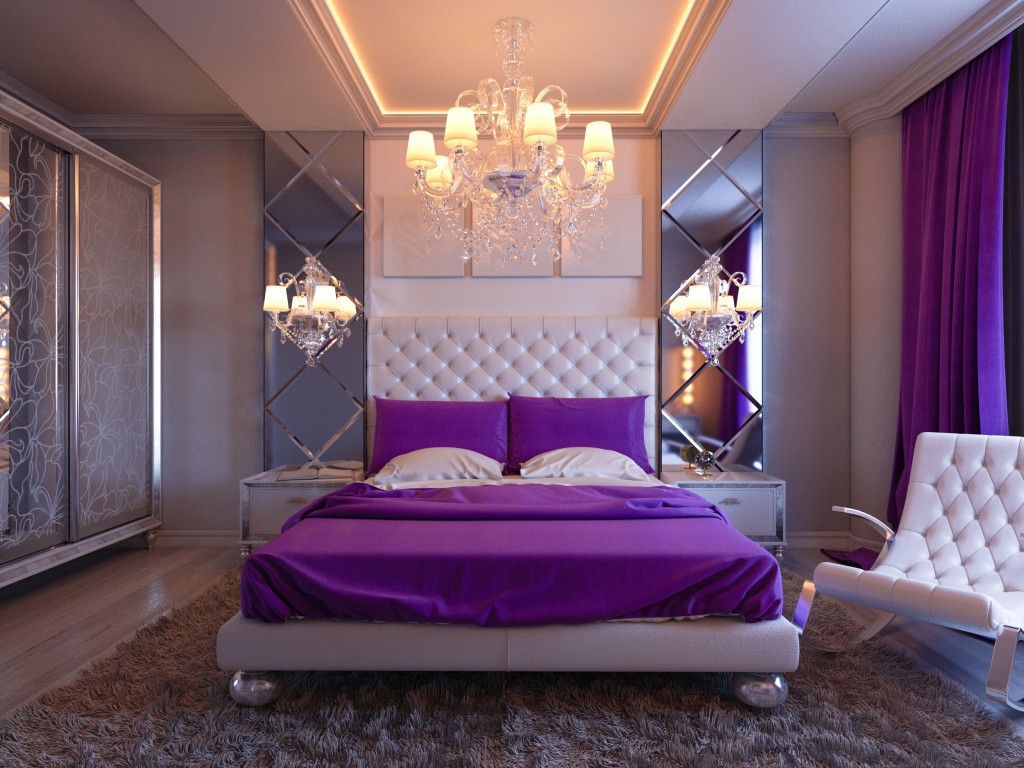Your living space can influence your emotional well-being. One aspect of this is color and how it affects your mood. So before buying new drapes or modern handmade rugs for sale online, understand how it can influence you and the interior design of your home.
How Color Affects the Mood
According to environmental psychologist Sally Augustin, Ph.D., saturation and brightness are the most important factors of the relationship between color and emotions. Saturation is the purity of the color, and brightness indicates how light it is. The former tends to invigorate the emotions, while the latter provides a more relaxing mood.
To help you decide which one fits your mood, here’s a list of popular colors for interior design:
White
For minimalists who want something clean-looking, a good choice would be white. You get a bright space with a relaxing ambiance. It’s also easier for you to add accents in the future since it’s a neutral color.
Blue
Another color that’s relaxing is blue. It reminds you of the sea or sky, and the color itself is calming to look at, providing that feeling of peace. Because of this, it’s perfect for bedrooms. It also connotes a sense of order and clarity. This is why it’s a great color for a place for working or contemplation.
Brown
To give you a sense of earthiness, brown is the perfect color. It’s comfortable but also strong that gives a great feeling for bachelor pads. For a softer touch, lighter shades of brown give off that toned down feeling, which works excellently as a neutral color for designing living rooms.
Red
For stronger emotions, red would be a good choice. It evokes passion, aggression, and other invigorating feelings. The living room, dining area, and entertainment spaces can be great places to use this. It’s important to know that red can also be overwhelming since it’s a very bold color.
Yellow
Another invigorating color, yellow is for people who want vibrancy in their space. Because of its attention-catching quality, this color is best used as an accent rather than the main theme. Pillows, lamps, and chairs are some yellow accents that can be used for your space. Whether it’s bright or warm yellow, it would surely lift your mood.
Purple
 Purple is known to be associated with royalty in the past. But it’s also fitting for contemporary designs and decorations. The color offers the serenity of blue and the warmth of red. Because of its soothing feel, it’s used perfectly in living rooms and bedrooms. But take note that purple is a polarizing color: people either love it or hate it. So choosing this may depend on who you are and what your social circle is like.
Purple is known to be associated with royalty in the past. But it’s also fitting for contemporary designs and decorations. The color offers the serenity of blue and the warmth of red. Because of its soothing feel, it’s used perfectly in living rooms and bedrooms. But take note that purple is a polarizing color: people either love it or hate it. So choosing this may depend on who you are and what your social circle is like.
Design Strategically with Colors
Knowing how colors affect mood can help you design and decorate your interiors. Think carefully about what shades and tones you want for the main theme. It’s also important to note that color is just one aspect of interior design. So don’t be afraid to experiment with different things with your living space. After all, creativity can’t be boxed in with a set of fixed rules. But knowing these rules, especially for colors, can make your life easier.

